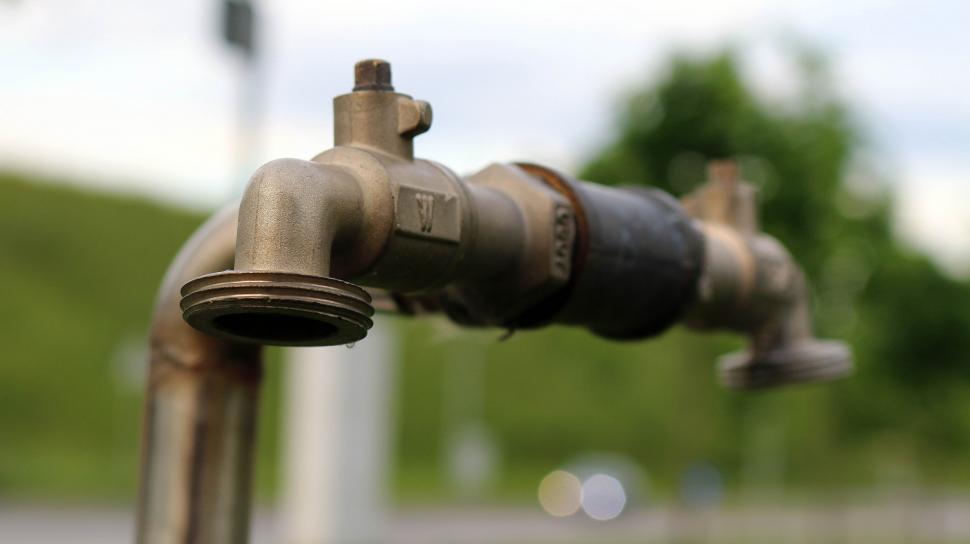The Unsung Hero: Exploring the Importance of Toilet Shut-Off Valves
Introduction
When was the last time you gave a second thought to the humble toilet shut-off valve in your home? Likely, not very often. Yet, this inconspicuous device plays a crucial role in your plumbing system, safeguarding your home from potential water disasters. In this blog, we’ll dive into the world of toilet shut-off valves, exploring their significance, functionality, maintenance, and why they deserve a spotlight in your household considerations.
The Role of a Toilet Shut-Off Valve
Picture this: a leaky toilet shut-off valve pooling on the bathroom floor, and an increasing water bill. This scenario is far too common, and the culprit is often a malfunctioning or absent shut-off valve. The toilet shut-off valve serves as the gateway to your toilet’s water supply. When working properly, it allows you to control the flow of water to your toilet, making maintenance, repairs, and replacements more manageable without having to turn off the water supply to the entire house.
Functionality and Types
Toilet shut-off valves come in two primary types: compression and ballcock. Compression valves are commonly found in older homes and involve a rubber washer that, when tightened, creates a watertight seal. Ballcock valves, on the other hand, use a ball and a lever mechanism to control water flow. Regardless of the type, these valves enable you to turn off water to your toilet when needed, whether you’re replacing a valve or conducting repairs.
Significance in Emergencies
Imagine a situation where a toilet overflows or a pipe bursts in your bathroom. Without a functional shut-off valve, you could be facing extensive water damage and costly repairs. A working shut-off valve provides you with the ability to quickly cut off the water supply in such emergencies, mitigating potential damage and saving you from needless stress.
Maintenance Tips
- Regular Checks: Periodically inspect your toilet shut-off valve for signs of rust, corrosion, or leaks. Early detection can prevent more significant issues down the line.
- Exercise the Valve: Turn the valve on and off occasionally to ensure it’s in proper working condition. This helps prevent the valve from seizing up due to lack of use.
- Replace When Necessary: If you notice persistent leaks or the valve becomes hard to operate, it’s time for a replacement. It’s better to replace a worn-out valve than risk a sudden failure.
- Keep Clear Space: Ensure that the area around the shut-off valve is clear and accessible. This will be essential if you need to shut off the water supply quickly.
DIY or Professional Assistance?
While some homeowners are comfortable tackling minor plumbing tasks, others might prefer to leave them to the experts. If you’re uncertain about your plumbing skills, it’s always a good idea to consult a professional plumber. A qualified plumber can not only address the issue at hand but also provide valuable insights into your plumbing system’s overall health.
